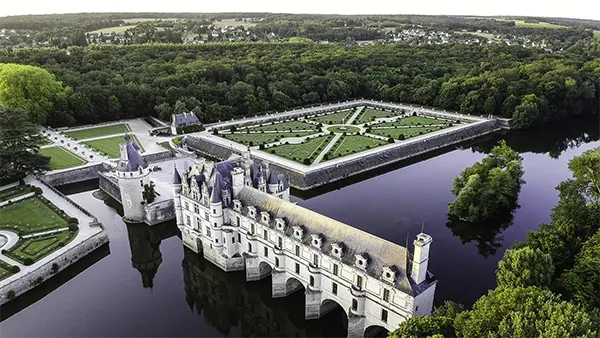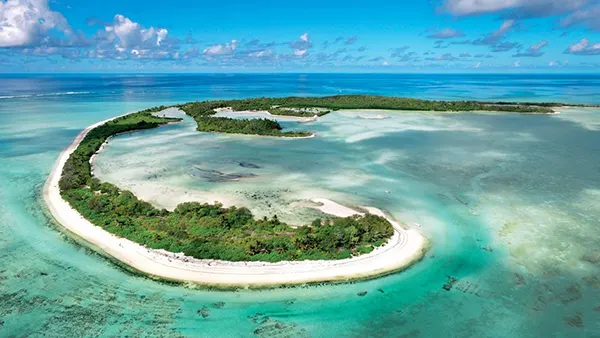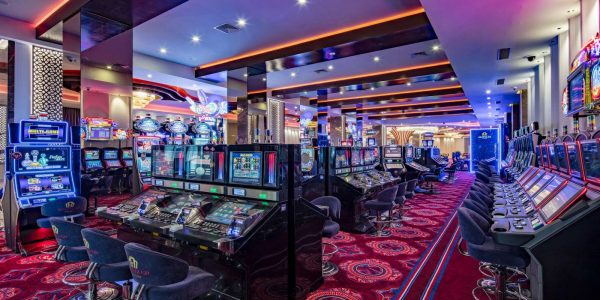
Châteaux of the Loire: A Comfortable Journey into the Middle Ages
The Loire Valley, nestled in the heart of France, is a region where history whispers through stone walls and riverside gardens. Famous for its lavish châteaux, this area provides a remarkable glimpse into the life and power of French nobility. A trip through these historic estates is not just a tour, but a deeply immersive experience into the architectural evolution and cultural legacy of the Renaissance and medieval Europe.
The Architectural Legacy of the Loire
Travelling through the Loire Valley feels like moving through the pages of a grand history book. More than 300 castles are scattered across the region, many of which date back to the 10th and 11th centuries. Built by feudal lords, these fortresses initially served defensive purposes, but over time transformed into splendid residences showcasing the ambitions and sophistication of French aristocracy.
One of the most iconic examples is Château de Chambord. Constructed under King Francis I in the 16th century, it stands as a symbol of Renaissance ingenuity. With 440 rooms, 282 fireplaces, and a famous double-helix staircase (attributed to Leonardo da Vinci), it embodies royal extravagance without ever having served as a permanent home.
On the other end of the spectrum is Château de Langeais, a beautifully preserved medieval structure. Its thick defensive walls and functioning drawbridge offer a more authentic medieval feel, while its interior hosts refined Gothic furniture and tapestries, narrating the domestic life of the 15th century.
Influences from Italy to France
The Renaissance left a profound mark on the Loire Valley’s châteaux. After military campaigns in Italy, French nobles and monarchs were inspired by the Italian way of living. This translated into a wave of new constructions that embraced symmetry, light, and artistic flourishes.
Château de Chenonceau, often called “the Ladies’ Castle”, illustrates this influence beautifully. Built over the River Cher, its galleries and gardens were shaped significantly by influential women like Diane de Poitiers and Catherine de’ Medici. Its harmonious proportions and flowing gardens were directly inspired by the ideals of Italian elegance and balance.
As architecture evolved, so did the symbolism of these estates. What began as military structures became stages for royal marriages, political alliances, and cultural expressions. The shift from function to form is a key trait of the Loire châteaux, marking their relevance far beyond French borders.
A Region Rich in Cultural Significance
UNESCO designated the Loire Valley between Sully-sur-Loire and Chalonnes as a World Heritage site in 2000. This recognition underscores the region’s importance not only for France but for European heritage as a whole. The preservation of its châteaux, vineyards, and river landscapes is seen as a tribute to centuries of artistic, architectural, and political evolution.
Every castle in the region has its unique story. Château d’Amboise, for example, played a pivotal role during the French Renaissance and is the resting place of Leonardo da Vinci. Meanwhile, Château de Blois was home to several French kings and served as a backdrop for key political manoeuvres and royal dramas.
The Valley is not just about grand buildings. The surrounding countryside, marked by vineyards and small medieval towns, reinforces the authenticity of the experience. Visitors often pair historical tours with wine tastings, experiencing regional produce that has been cultivated alongside the castles for hundreds of years.
Festivals and Living History
Modern visitors can do more than observe history—they can live it. The region frequently hosts festivals, historical reenactments, and open-air concerts within castle grounds. These events allow travellers to see knights in armour, hear Renaissance music, or even dine in rooms once graced by royalty.
In the summer months, Château de Saumur stages jousting tournaments that bring medieval customs vividly to life. Similarly, Château de Villandry is known for its illuminated night tours and classical music evenings, showcasing its famed Renaissance gardens in a wholly new light.
These experiences help to bridge past and present, attracting not just history enthusiasts but families and couples looking for a unique, cultured getaway. Each event adds another layer to the story being told by the stones and vines of the valley.

Planning a Comfortable Historical Journey
Despite their ancient roots, most Loire Valley châteaux today are easily accessible and visitor-friendly. Many have been restored and adapted with modern amenities such as multilingual audio guides, lifts, cafés, and landscaped picnic areas, making the experience comfortable for all age groups.
Transportation options are well-developed, with regional trains connecting major towns such as Tours, Blois, and Angers. Renting a car allows more freedom to explore smaller estates and hidden gems like Château de Brézé, which has an underground fortress, or Château de Montreuil-Bellay, known for its fortified walls and wine cellars.
Accommodation ranges from charming countryside B&Bs to luxurious château hotels. Many visitors choose to stay in restored manors, offering not just a bed but a continuation of the historical journey. These boutique lodgings often include access to private gardens and even wine tastings from their own vineyards.
Tips for a Thoughtful Itinerary
To fully appreciate the breadth of the Loire Valley, a well-structured itinerary is recommended. Begin in the east near Orléans and make your way westward. This allows a chronological exploration, from medieval strongholds to Renaissance masterpieces.
Don’t try to visit too many châteaux in one day. Each has its unique flair and deserves unhurried attention. For example, you might pair the majestic Château de Chambord in the morning with a quieter estate like Château de Villesavin in the afternoon, providing balance and depth.
Lastly, check local calendars for events, as many estates host special exhibitions, outdoor plays, and wine festivals throughout the year. These added touches can elevate your experience, making the Loire Valley more than just a destination—it becomes a living museum of European legacy.
Popular articles
-
Outer Islands Seychelles: The Un...
The northern segment of the Outer …

-
Ohrid, North Macedonia — A Timel...
Ohrid is one of the oldest …

-
The biggest and most famous casinos
In recent times, fans of the …

